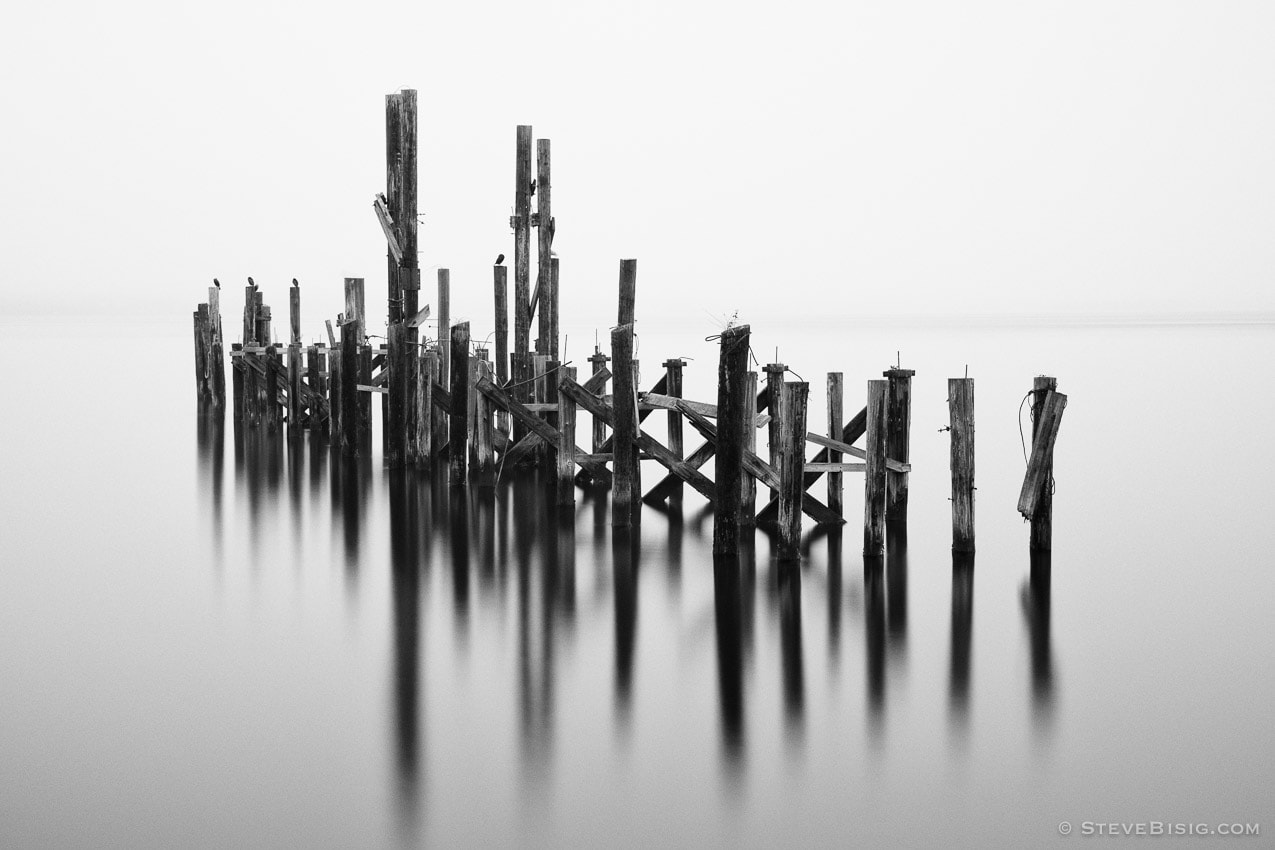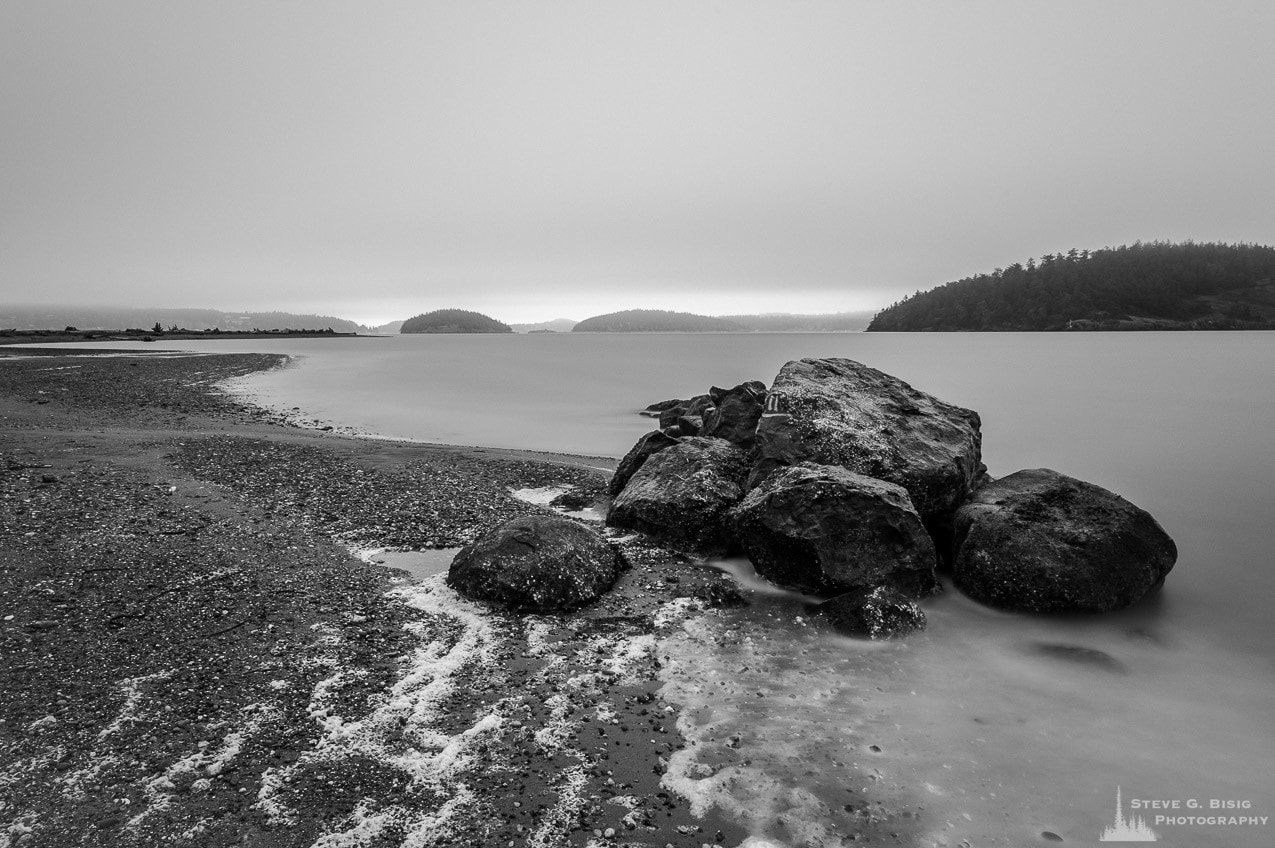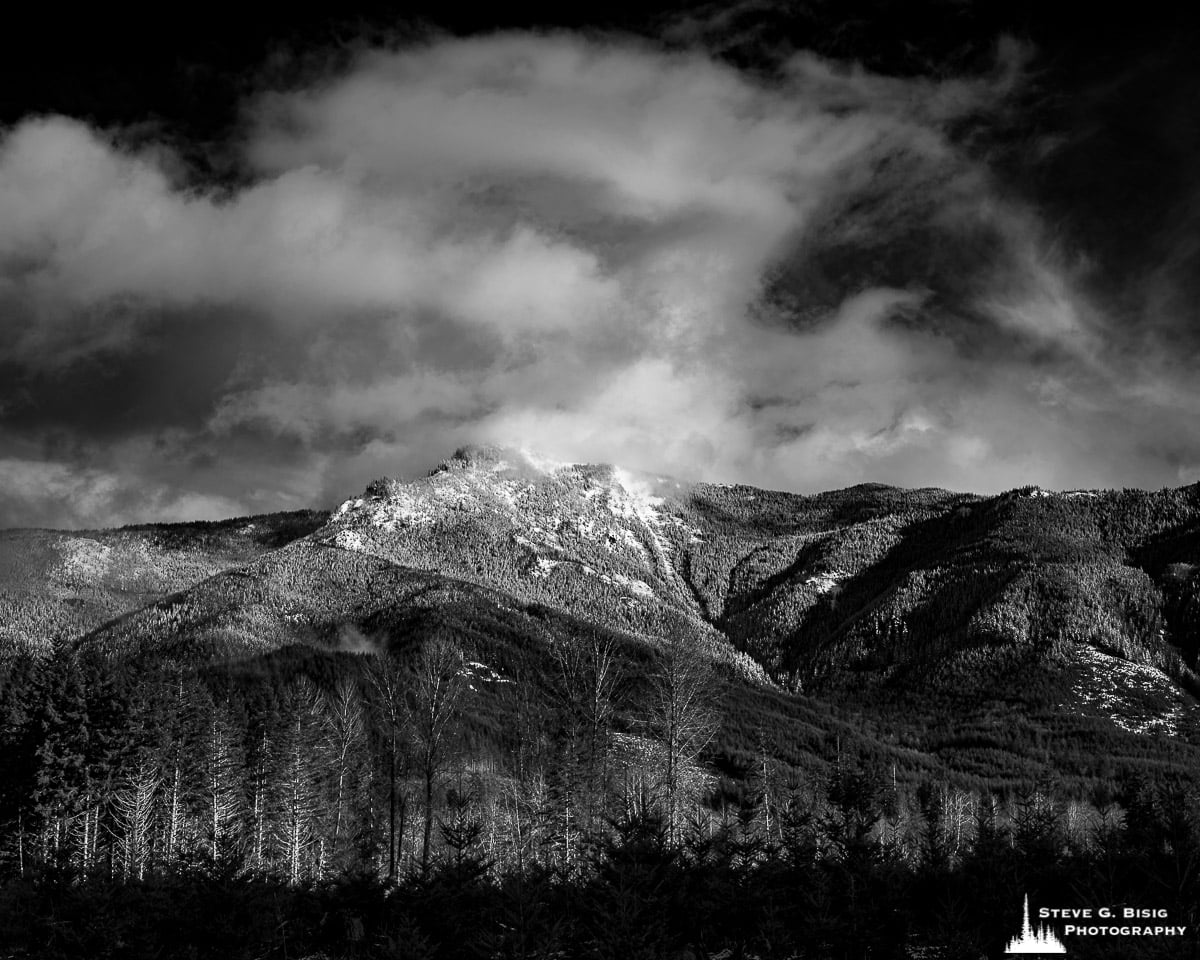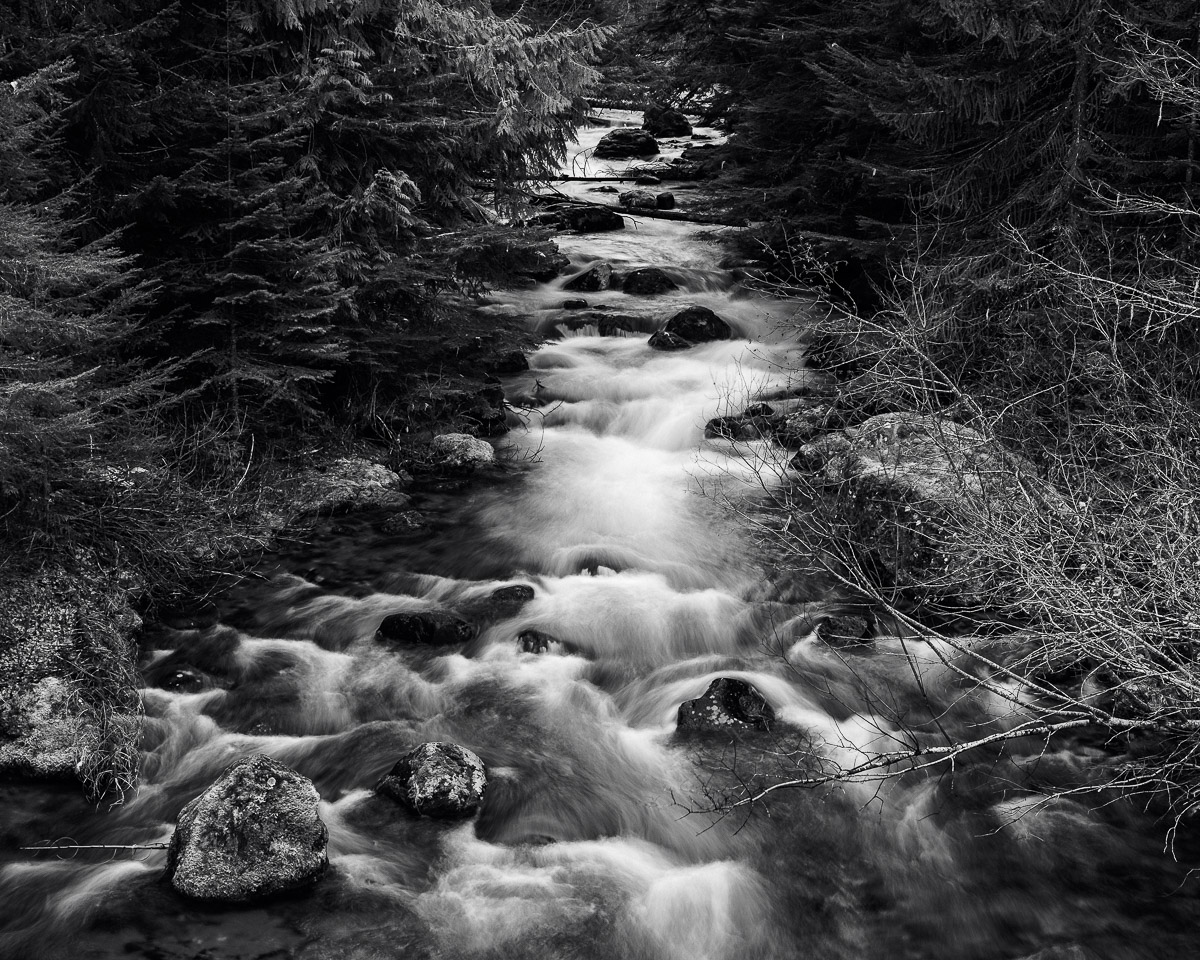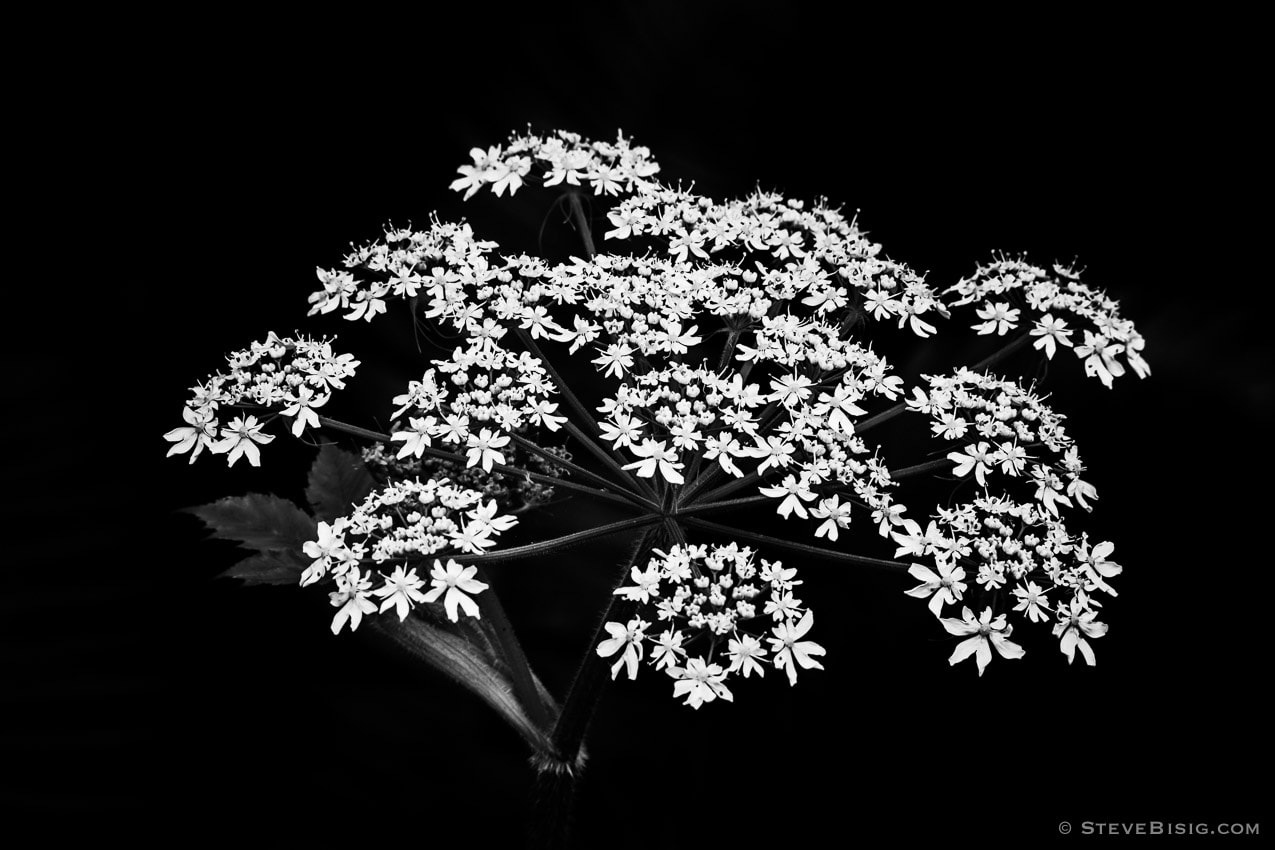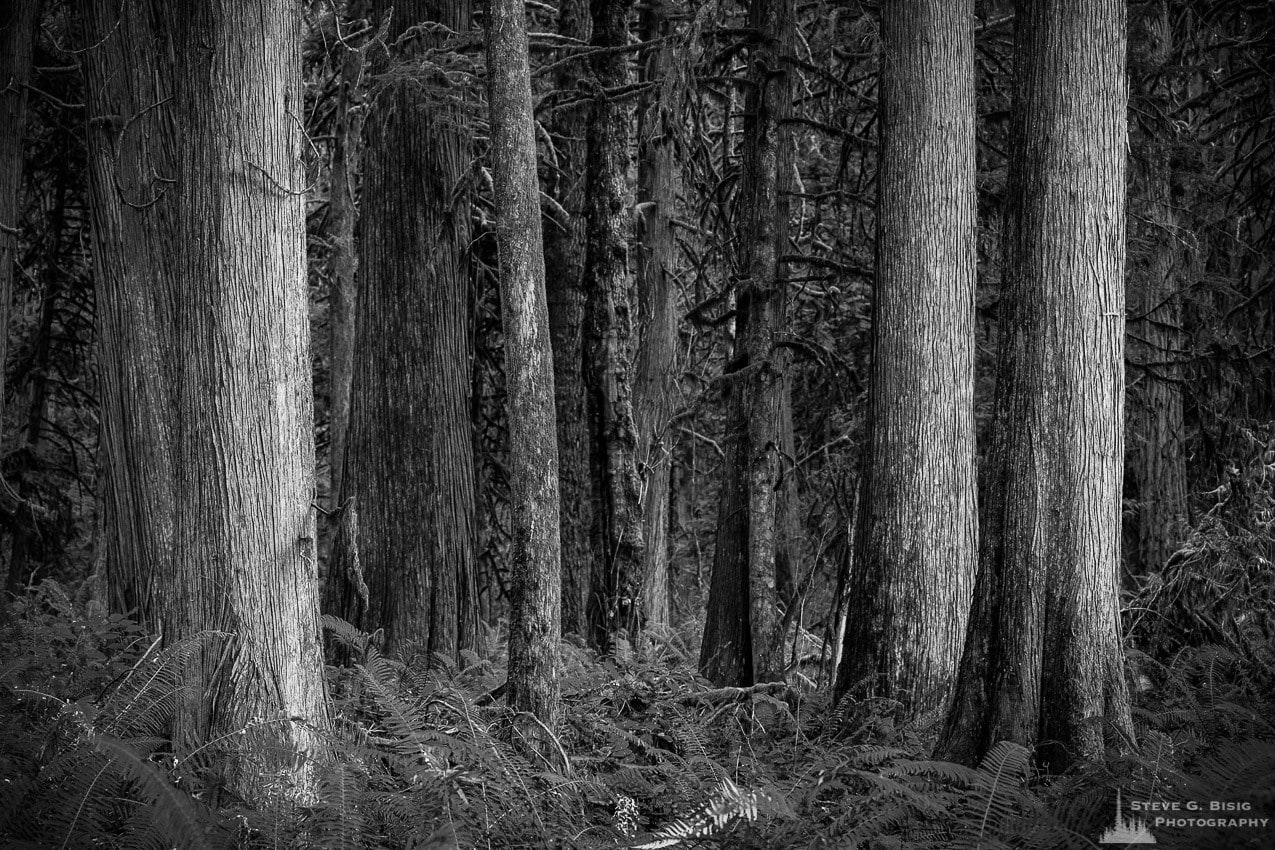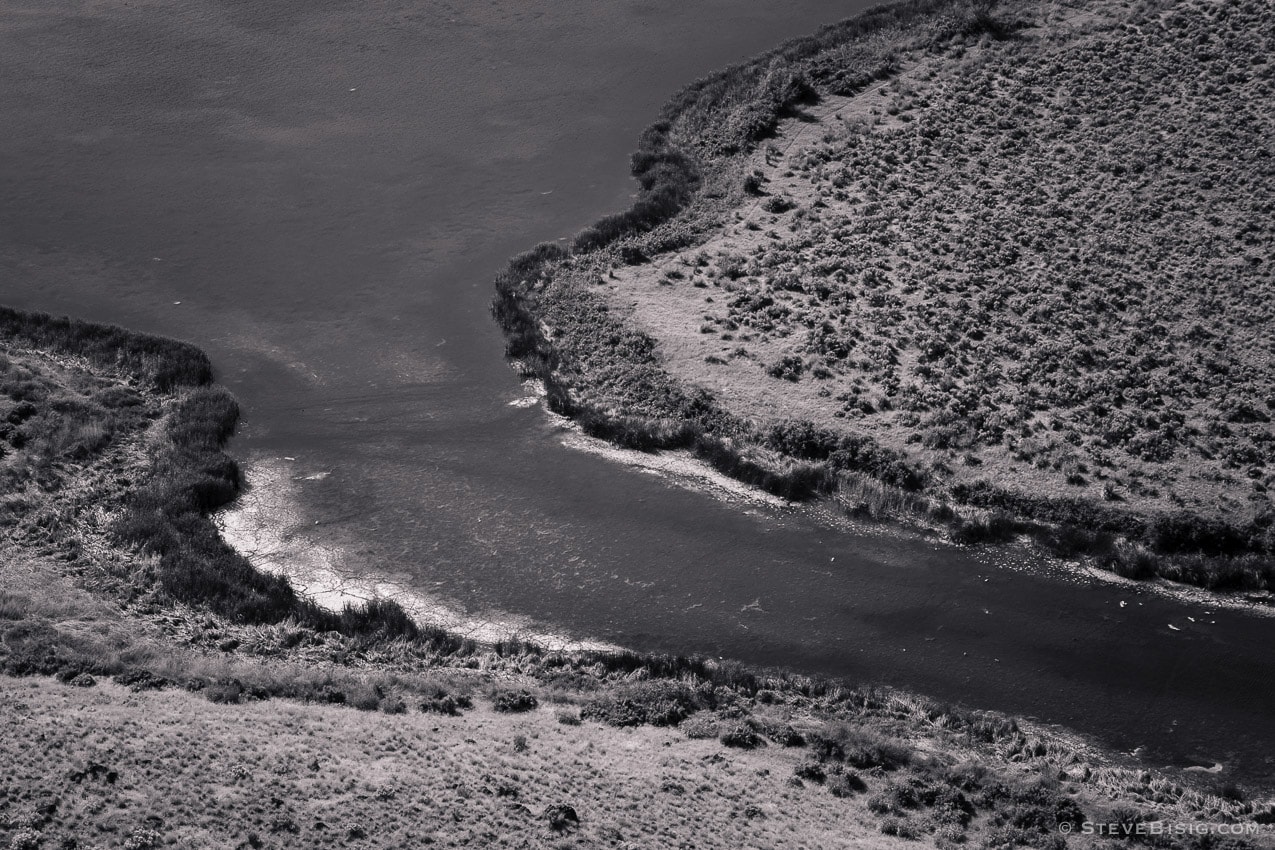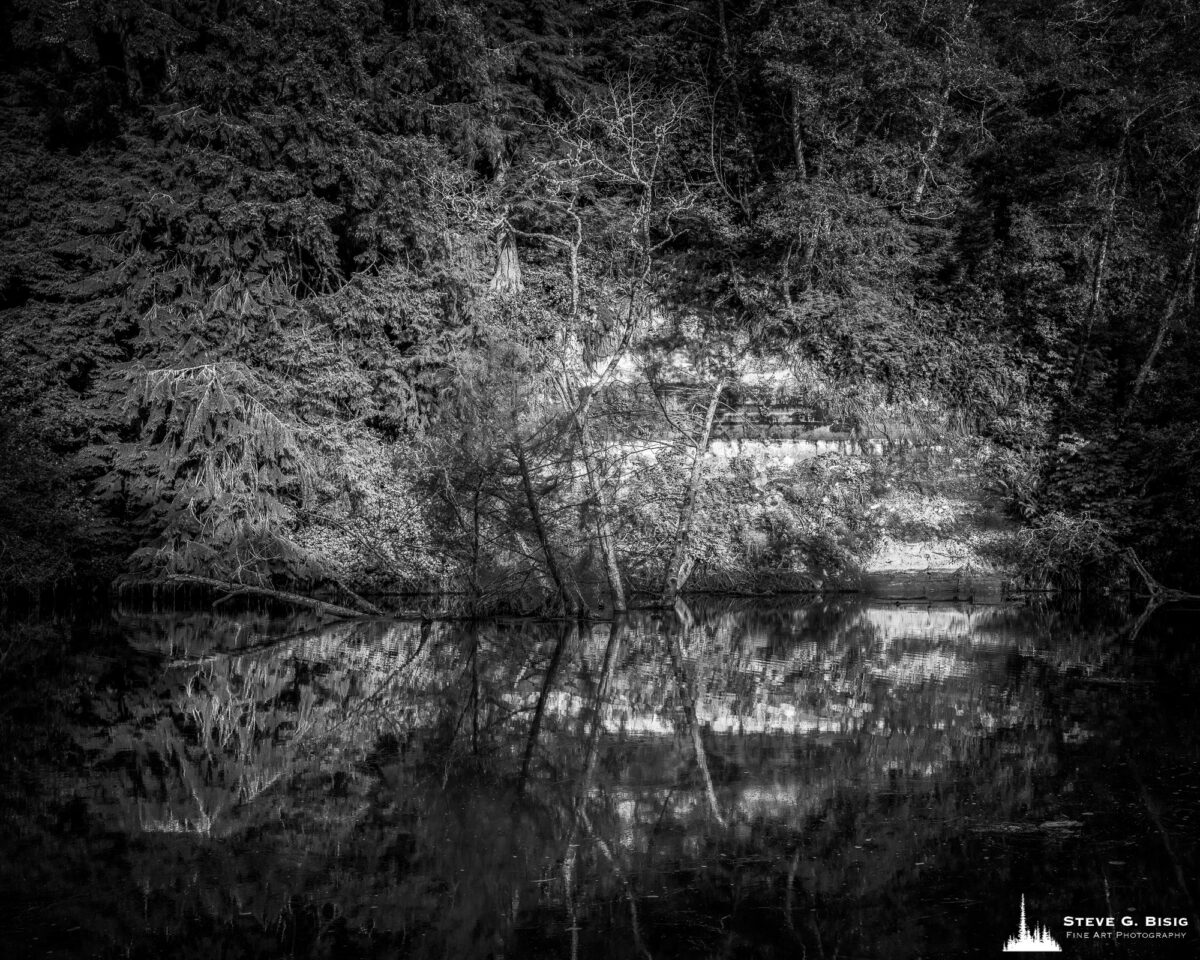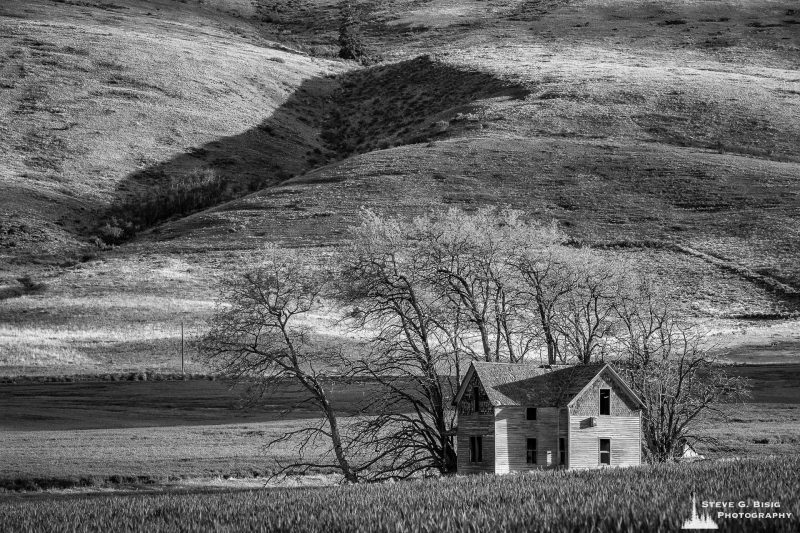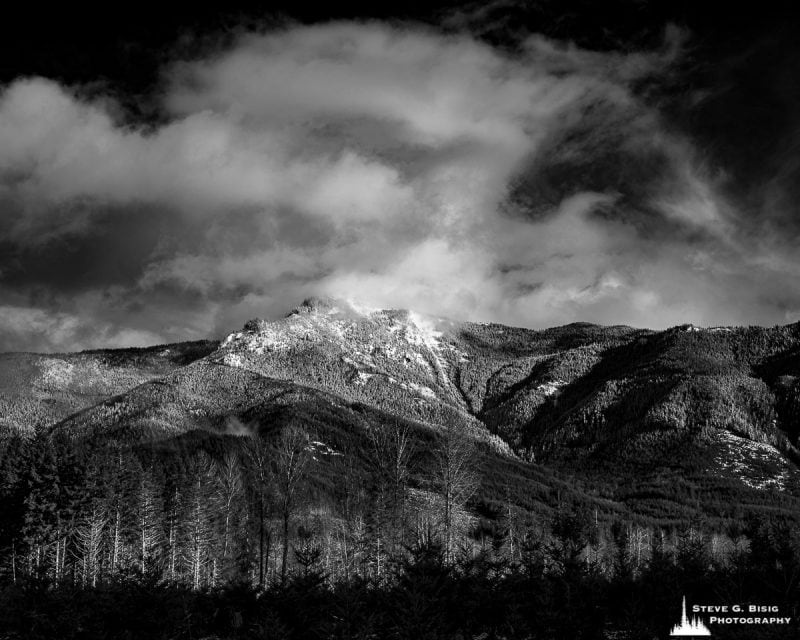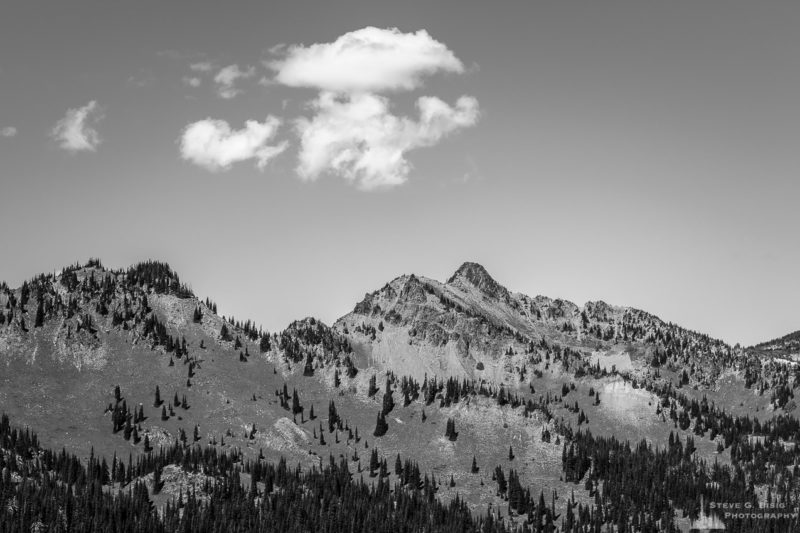Landscape photography is the art of capturing the beauty of the natural world. Some people use it to express their creativity. Others document the world around them. This has led to a debate about whether landscape photography is an authentic art form.
Addressing the Counterarguments
Some argue that landscape photography is not real art. It only involves taking pictures of what’s already there. But I disagree with that. Landscape photography is a complex task of capturing a scene. It comprises interpreting what the photographer sees through their eyes, feelings, and camera. Each landscape photo shows the photographer’s unique perspective of the world.
I consider landscape photography art, even if it is easy. Anyone can take a picture of a landscape. Creating an artful image requires technical skills, artistic sense, and knowledge of nature. The photographer then uses tones, texture, and emotion to connect with the audience.
Another argument is that landscape photography is too commercial. Photographers only do it for money or advertising. Yet, this is only true for some. Not all landscape photography is for commercial reasons. Many landscape photographers create art because they love it. They want to share nature’s beauty and unique views.
Self-Expression and Impact: Landscape Photography as Art
Ansel Adams said, “You don’t make a photograph just with a camera. You bring to the act of photography all the pictures you have seen, the books you have read, the music you have heard, and the people you have loved.”
Through skillful composition, landscape photographers turn ordinary scenes into art. They choose the subject, arrange it within the frame, and use light to enhance the image.
Landscape photography is more than beautiful images; it can have a deeper meaning. It can highlight nature’s problems, such as climate change and deforestation. Bringing such issues to light can inspire people to help or enact political changes.
The Blurry Line Between Documentation and Artistry
The line between documentation and artistry is often blurry in landscape photography. While some photographers aim to capture the world as is, others use the landscape to express their creativity.
Ansel Adams, famous for his attention to detail, gained recognition for documenting the American West. His work reflected his strong connection to nature. His images were more than records; they were also personal and emotional works of art.
Photographers, such as Edward Burtynsky, create images of industrial landscapes that are both documentary and artistic. These photos show how humans affect the environment yet still look beautiful. Michael Kenna’s black and white images of landscapes are poetic and documentary, offering a glimpse into the soul of the natural world while looking fantastic.
Early Critical Perspectives
Shifting to critical interpretations, landscape photography has been hotly debated as an art form since its origins in the 19th century.
One of the earliest photography critics was John Ruskin, an English art critic who admired the Romantic movement in painting. Art that conveyed powerful feelings and imagination characterized the Romantic movement. Ruskin remarked in 1851 that “a photograph is not a work of art, though it needs some careful work with paper and acid.” He later suggested that photographs were only useful for studying geography and rocks and not for artistic purposes.
While Ruskin rejected photography as an emotional art form, his view was more complex than a blanket dismissal. He disliked the mechanical nature of early photography. Still, he admired specific landscape images that revealed unique details through the camera’s eye. Though arguing photography should be mainly scientific documentation, Ruskin still found beauty in some landscape shots.
However, not everyone agreed with Ruskin’s views, including Alfred Stieglitz, an American photographer. According to Stieglitz, photography could be as good as other art forms if photographers applied the same creativity and skills as other artists, contradicting Ruskin’s views. He even championed photographs as works of art through his galleries and magazines.
However, that did not mean he lacked standards – he fervently critiqued landscape images he felt lacked imagination. Stieglitz believed a creative, almost spiritual vision distinguished the best landscape artwork from visual documentation.
These two influential critics reveal how debates around landscape photography contained multiple shades of gray rather than just black-and-white divisions. Neither wholly rejected the genre artistically but took different views on what constituted great landscape art – mechanical accuracy for Ruskin versus ethereal creativity for Stieglitz. Exploring where they found common ground on specific qualities that made strong landscape images could reveal insights. Even in disagreement, their sophisticated perspectives advanced analysis of the new medium.
The Rise of Digital Landscape Photography
Bridging to the modern era, the rise of digital technology sparked fresh discussion around the artistic capabilities of landscape images.
Using traditional film capture, landscape photography involved notable artistry in composition choices and darkroom processing. Figures like Ansel Adams experimented with perspective to showcase nature’s grandeur. Additional innovations further enriched the craft and technical capabilities over the late 19th and early 20th centuries.
With this heritage, digital modes introduced questions around authenticity yet opened new creative doors as well. Some decry over-processing while others champion exploring radical digitally-enabled artificial intelligence techniques. Recent focus has turned to balancing innovative modern styles with the emotional aspects pioneering artists sought to elicit.
Digital cameras provide versatility for conceptual projects spanning an impossible depth of field or suturing time into a single frame. Despite removing impediments, modern landscape artists inject the same passion as classical figures like Ansel Adams.
While expanding the capacity to manipulate reality, digital tools can inspire awe and reveal unseen facets of natural wonder when applied artfully. Enhancements may kindle imagination rather than dampen it. Just as past innovations like color film enriched the medium, technology can uncover new creative avenues aligned with photography’s origins. The computer comprises one more way for the landscape artist to paint a personal perspective of nature’s majesty.
So rather than rupturing a rich heritage, digital landscape photography continues progressing along its interwoven path of documenting reality while revealing emotional inner worlds. The tools change, but the creative heart persists as the landscape genre enters its next chapter.
While debates have flared over technology’s artistic implications, certain creative traits unite visionary landscape photographers across eras. Ansel Adams’ glowing vistas, Edward Weston’s intimate abstract natural forms, and Michael Kenna’s ethereal night scenes showcase principles transcending any age. Though approaches vary wildly based on available materials, masterful composition, and studious conceptual depth persist from 19th-century pioneers to digitally empowered contemporaries.
Modern tools expanding manipulation carry both promise and peril, but the masters maintain focus on revealing unseen angles over alteration. Contemporary artists wield megapixel sensors and towering prints to spotlight majestic natural wonder on an immersive scale. Yet their creative ethos channels Adams’ quest to capture glory and grace amid the commonplace.
Similarly, remote craftspeople fuse the intimacy of traditional darkroom development with drone and satellite augmentation of landscapes from aerial views. Their creative ardor matches forebears lugging hefty view cameras to remote peaks while incorporating new eyes in the sky.
So, across generations, consistent creative sparks ignite the photographic muse – those able to curate natural splendor’s hidden potency through careful choices of angle, light, and tone. This alchemical mix of emotional resonance, conceptual depth, and wonder at nature’s secrets are the timeless hallmarks of landscape photography’s true artists. As mediums shift, the principles endure.
How Museums and Galleries Have Shaped Landscape Photography as Art
Turning to institutional recognition, museums and galleries have also been pivotal in establishing landscape photography as a serious artistic genre.
More than just passive displays, major museum and gallery collections actively shaped the direction of landscape photography from the early 20th century onwards. Alfred Stieglitz’s 291 Gallery allowed new experimental techniques and abstract styles to gain legitimacy, directly influencing successors like Ansel Adams.
Prominent collections like the San Francisco Museum of Modern Art’s 1935 photographic debut subsequently provided institutional validation to the medium that had been lacking. Bringing photographers like Edward Weston under the same roof as revered painters punctured perceptions that the camera could not produce fine art.
The Denver Art Museum canonized the first artistic visions documenting the Western landscape by acquiring early pioneer works from the American frontier. Their prestige cemented figures like Timothy O’Sullivan as inspiration for future generations.
The National Gallery presented the camera on the same fine art pedestal as the paintbrush. The bold pronouncement punctured doubts about landscape photography’s capability for artistic brilliance.
Major acquisitions of once-overlooked practitioners enshrined their aesthetic visions for future artists to draw inspiration from – cementing their enduring influence.
Exhibitions are also embracing high-tech art installations. Immersive art experiences such as “Van Gogh: the Immersive Experience.” and “Monet by the Water” provide another potential avenue for viewing landscape photography. Critics argue such works inspire awe without deeper resonance. At the same time, proponents view them as updating photography’s roots and documenting nature’s splendor through newly emerging tools.
Institutions remain divided – prestige venues like the Los Angeles County Museum of Art collect traditional and cutting-edge landscape genres, juxtaposing generations of evolution under one roof. A widening rift persists between museums elevating new media landscape art versus those committed to vintage darkroom prints.
So museums conferred more than just academic prestige – through an interplay of validating innovation, elevating the status of featured icons, and immortalizing their works, these institutions profoundly shaped landscape photography into a widely celebrated artistic tradition.
By actively nurturing artistic progress in these interconnected ways, museums and galleries are linked directly to the growth of new styles and standards embedded in the core arguments around landscape photography as a creatively expressive medium.
Public Reception Affirming Artistic Impact
An early photography critic, Nancy Newhall, proclaimed, “Nothing draws masses of people to exhibitions as do color photographs of the landscape.” Her 1948 quote remains fitting – landscape images ignite large online followings today.
But beyond just inspiring visual allure, this public resonance reflects deeply felt artistic expression. Over 85% of visitors to U.S. National Parks say images stirred enough emotion to compel seeing the sites in person. This reveals evocative creativity transcending mundane documentation.
Leading contemporary artists use cutting-edge technical mastery not just for eye-catching beauty but to spark inner reflection on humanity’s bond with nature. As Ansel Adams attested, technique serves the higher purpose of “making the viewer see.”
So, through online distribution scaling new heights, landscape photography sparks public appreciation and personal introspection indicative of impactful art. The genre’s roots in romancing the natural world endure across technological and cultural shifts. Viewer reactions affirm Adams’ assertion that “there’s nothing worse than a sharp image of a fuzzy concept.” Skillful landscape artists meld sharp focus with clear humanistic concepts still igniting imagination today.
Bridging the Past and Present to Landscape Photography’s Artistic Future
This analysis addresses enduring debates around landscape photography’s merits as an artistic medium. While arguments against its emotional creativity and personal vision have recurred across critics from Ruskin to today, compelling counter-evidence emerges. As Alfred Stieglitz championed early, skilled practitioners demonstrate imaginative compositional craft matching other fine arts. Masterpieces from Ansel Adams and his successors reveal unique, often sublime perspectives of the natural world.
Contemporary platforms now exponentially expand public appreciation for landscape photography’s aesthetic impact. However, new questions surface amid shifting technology and culture. The tensions of documentary truth versus artistic subjectivity around AI generation and augmented reality’s expanding manipulation capabilities persist. Adams attested that the camera filters reality through the photographer’s perspective, selecting specific details over others. Perhaps landscape photography strengthens its footing among fine arts by embracing this core subjectivity rather than recoiling. The medium’s heritage persists if the creative spirit endures alongside advancing tools.
As museums conferred legitimacy across eras by acquiring renowned works, they now face bifurcation between validating cutting-edge digital techniques versus vintage styles. Resolving this widening institutional rift shapes artistic standards for future generations. Beyond near-term debates, deeper engagement with landscape photography’s inherent melding of inner realms and external environments remains vital. Ruskin, Stieglitz, and Adams’ visions still offer guidance on channeling awe of nature’s majesty. Blending their wisdom with the newest media may further manifest the emotional resonances at the genre’s core – depicting reality yet revealing our most profound bonds with the world.

